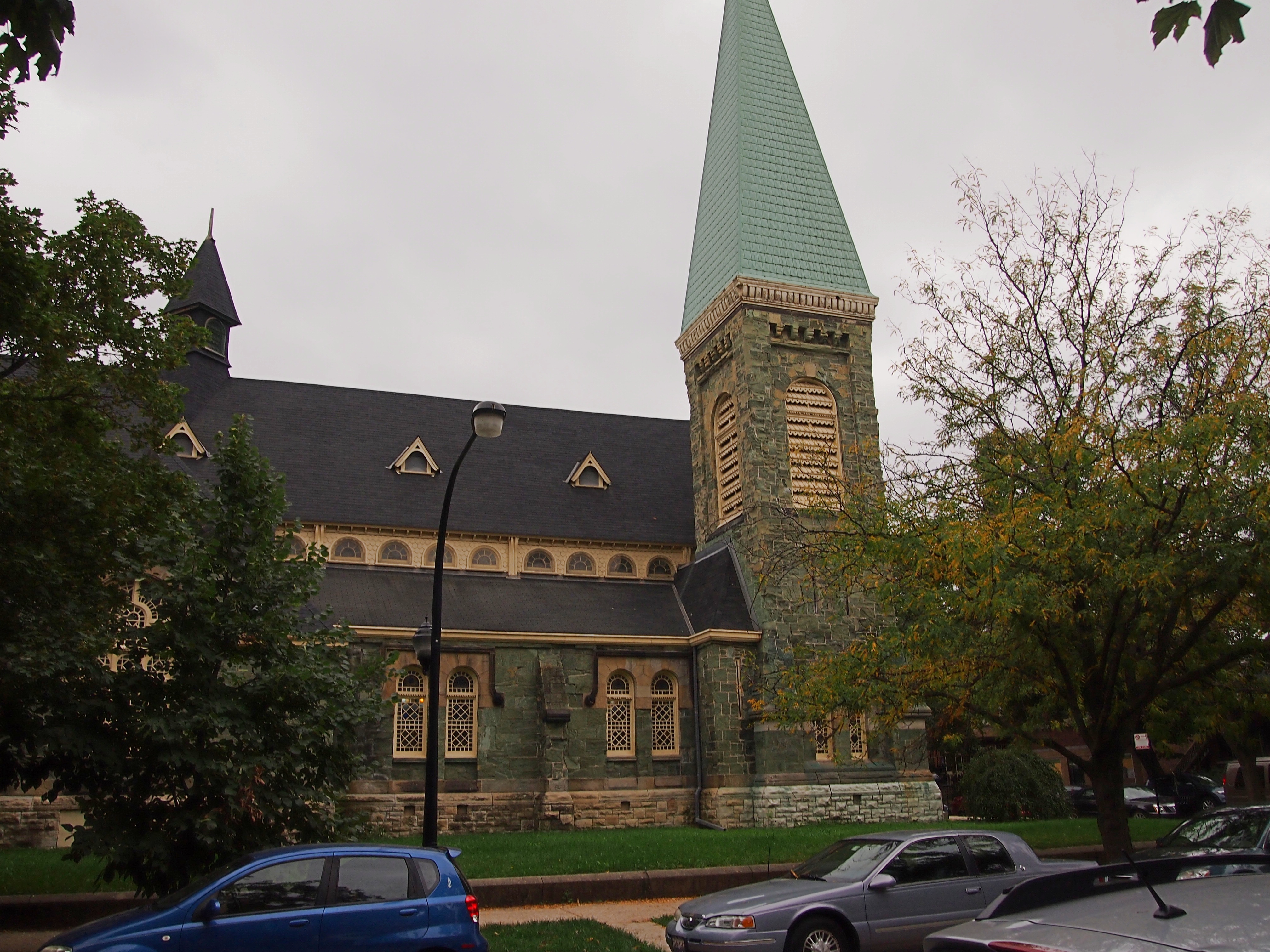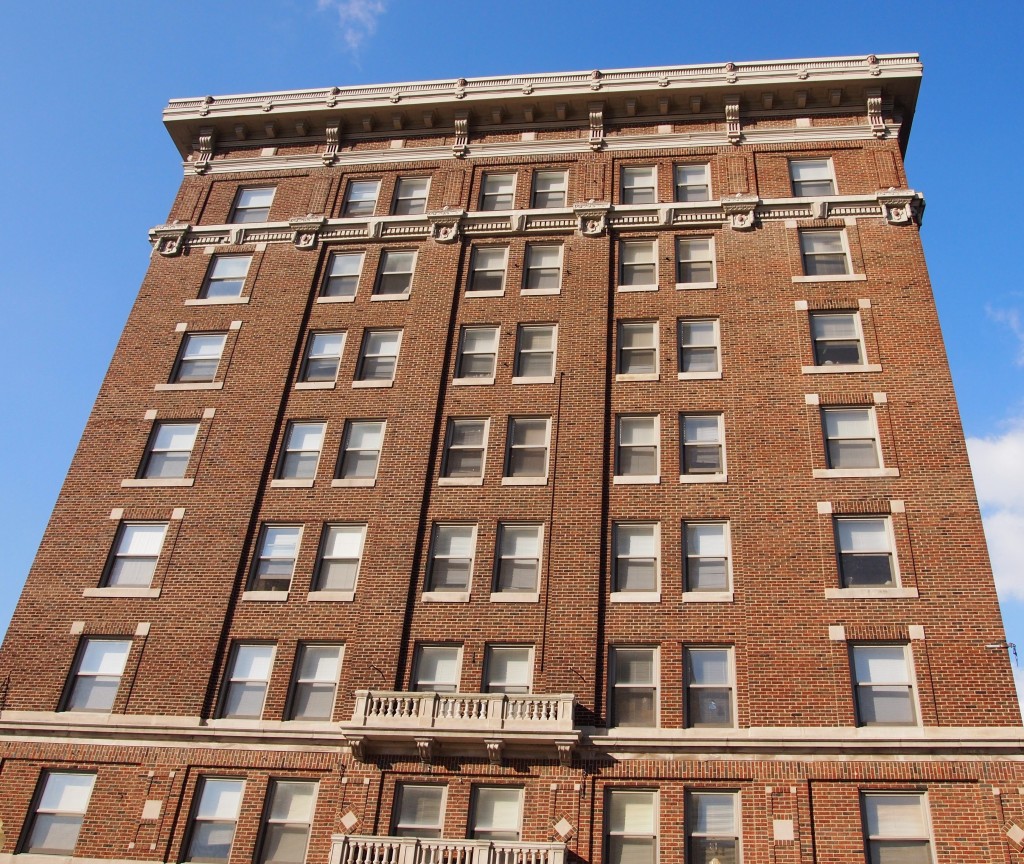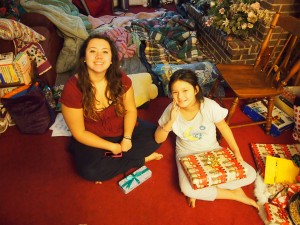Another day above freezing. That’s a good thing, except for the current forecast. The following is direct from the National Weather Service, which is worthy of respect for its accuracy, but also the fact that it doesn’t fix cute names to winter storms. The NWS put out this “Special Statement” for my part of the country early this evening.
RAIN AND EVEN SOME THUNDERSTORMS WILL DEVELOP ACROSS NORTHERN ILLINOIS LATER TONIGHT. HOWEVER… TEMPERATURES ACROSS FAR NORTHERN ILLINOIS… MAINLY ALONG AND NORTH OF INTERSTATE 88… [we’re north of I-88 by a few miles] MAY REMAIN COLD ENOUGH TONIGHT FOR THIS PRECIPITATION TO BEGIN AS A WINTRY MIX OF SNOW… SLEET OR FREEZING RAIN BEFORE MUCH WARMER TEMPERATURES ARRIVE THURSDAY MORNING.
DUE TO THE FACT THAT THE PRECIPITATION COULD FALL AT A HEAVY RATE LATE TONIGHT…THIS COULD RESULT IN SOME SNOW OR ICE ACCUMULATIONS ACROSS PORTIONS OF THE AREA BY DAYBREAK THURSDAY… POSSIBLY IMPACTING THE MORNING COMMUTE.
CURRENTLY IT APPEARS THAT A COUPLE INCHES INCHES OF SNOW MAY ACCUMULATE BEFORE THE WINTRY MIX CHANGES TO ALL RAIN EARLY THURSDAY MORNING.
Odd forecast. Deuced odd, it is.
Speaking of odd, it took me nearly 40 years to get the following knock-knock joke, as told by Ted Baxter during the Sept. 13, 1975, episode of The Mary Tyler Moore Show, “Edie Gets Married.”
Not that I’ve been puzzling over it for 40 years. I’d forgotten all about it until today, walking around in the fairly pleasant afternoon air, when I thought, What did that joke about Anna Maria Alberghetti mean? Memory works in mysterious ways.
Just as unlikely, I remembered to look it up when I got home, connecting the joke to “Darktown Strutters’ Ball,” which I’d heard before – but (much) more recently than 1975. It was clearly a joke for grownups back then, back when sitcom writers actually wrote jokes for grownups.
A lot of singers have done the song. Fats Domino’s version is here.






